Volvo EX90: World premiere of the revamped flagship SUV
Volvo Cars has just unveiled the EX90 in Stockholm. The revamped e-SUV and XC 90 successor is exclusively electric and boasts numerous new features, while it could still visually pass as a facelift of the familiar model. (UPDATE BELOW)
When Volvo presented the XC90 in Stockholm in 2014, it was a turning point for the Swedish carmaker. The large flagship SUV was based on a new, flexible platform called SPA – and was the first model developed under the aegis of Geely.
Volvo also expects the EX90, which has now also been unveiled in the Swedish capital, to “mark the beginning of a new era for our company”. The entry of the Chinese parent company has long since been accepted. The era that Volvo now wants to usher in with the XC90 successor is one “in which we are setting the decisive course for an all-electric future”. Instead of petrol, diesel and plug-in hybrid, the EX90 is now exclusively available in a battery-electric format.
On the other hand, there are no fundamental surprises in the drive technology of the EX90 – for a simple reason: Polestar had already presented its interpretation of a luxury-class electric SUV on the same platform in October and published the technical data. Like the Polestar 3, the Volvo EX90 has a 111 kWh battery, of which 107 kWh are net usable. While Polestar had specified that the battery consists of 204 prismatic cells installed in 17 modules of 12 cells each, Volvo now makes public that the cells in the EX90 (and thus probably also in the Polestar 3) come from CATL. However, the Swedish company did not give details of the cells and modules in their overview of the technical data.
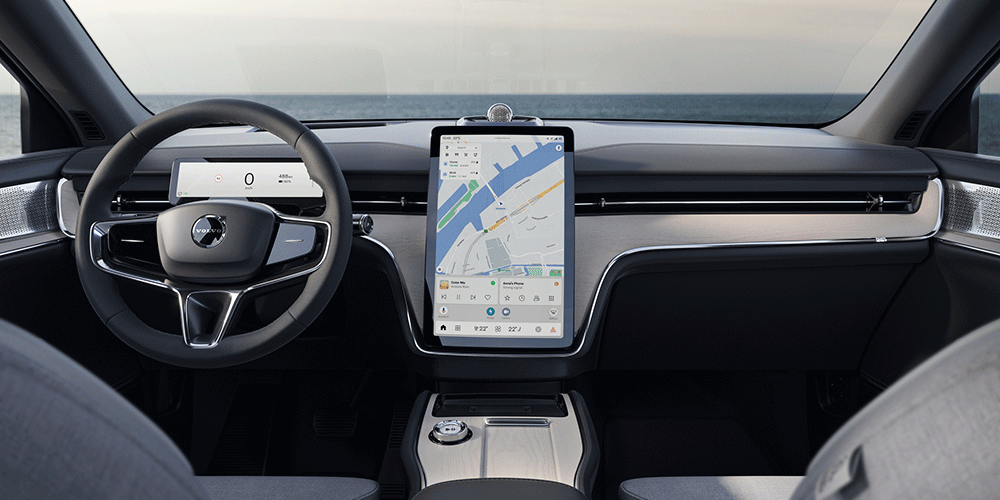
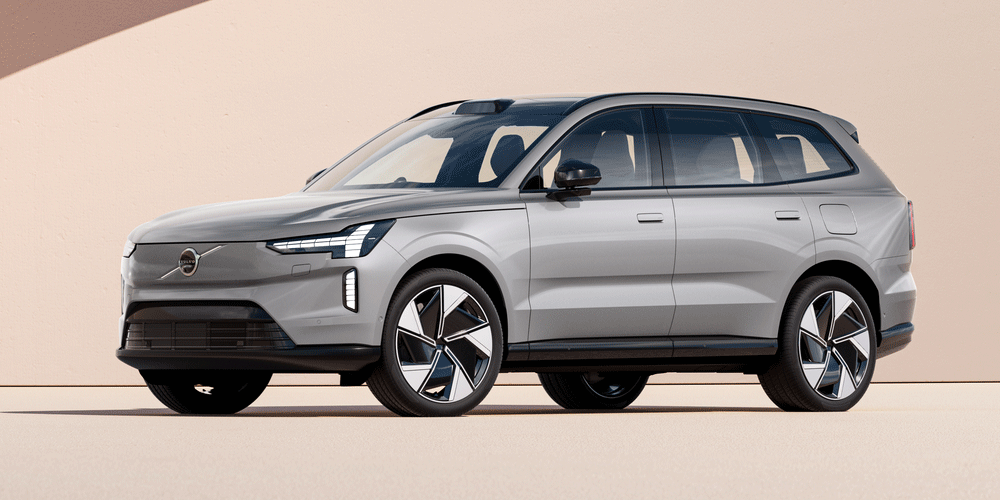
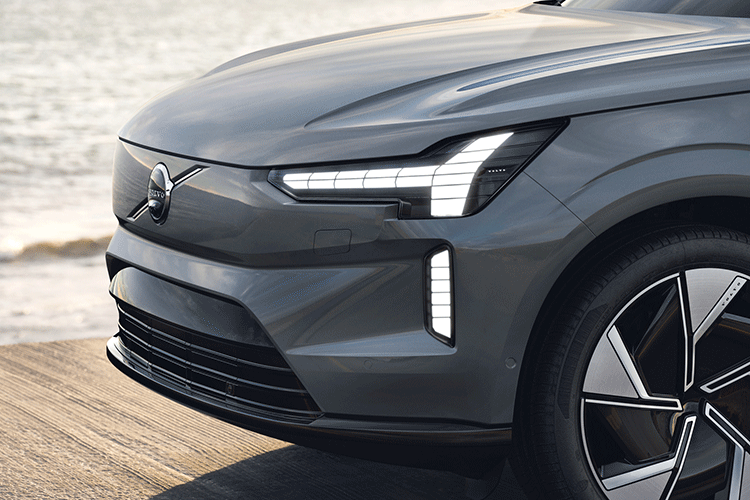
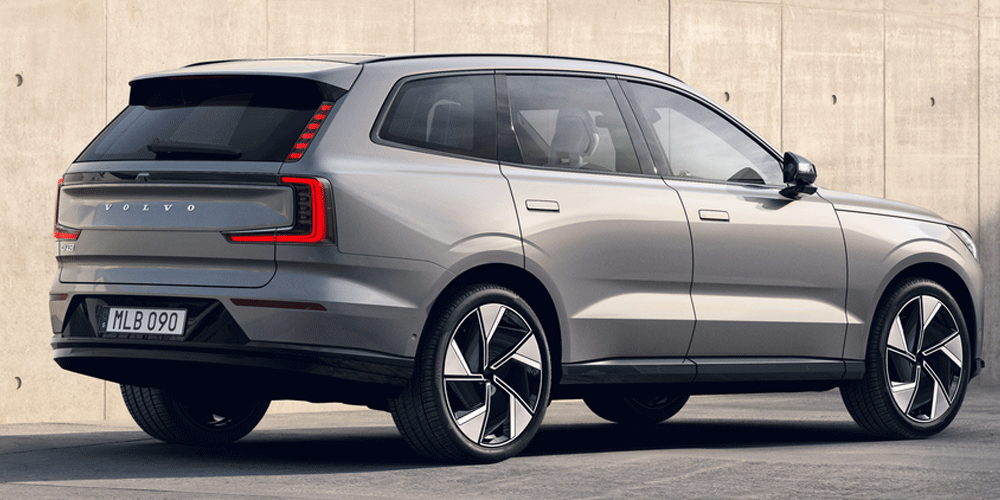
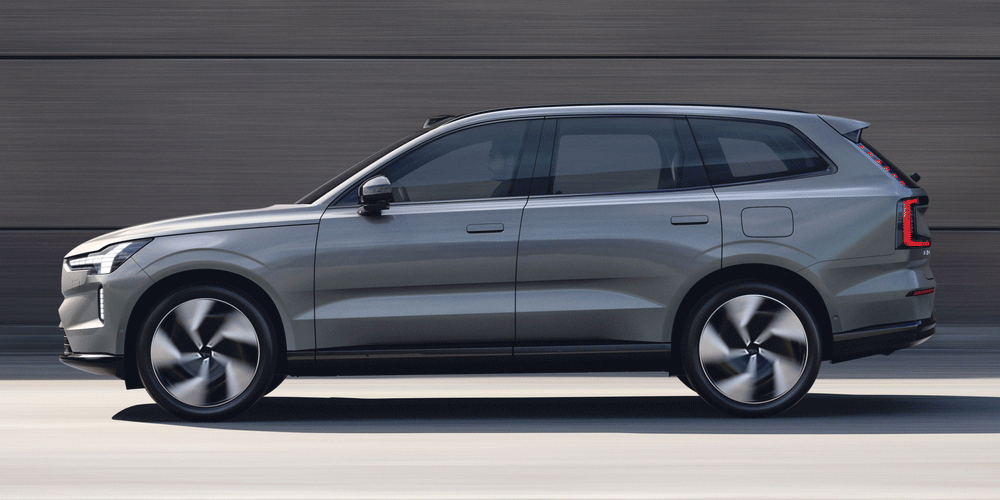
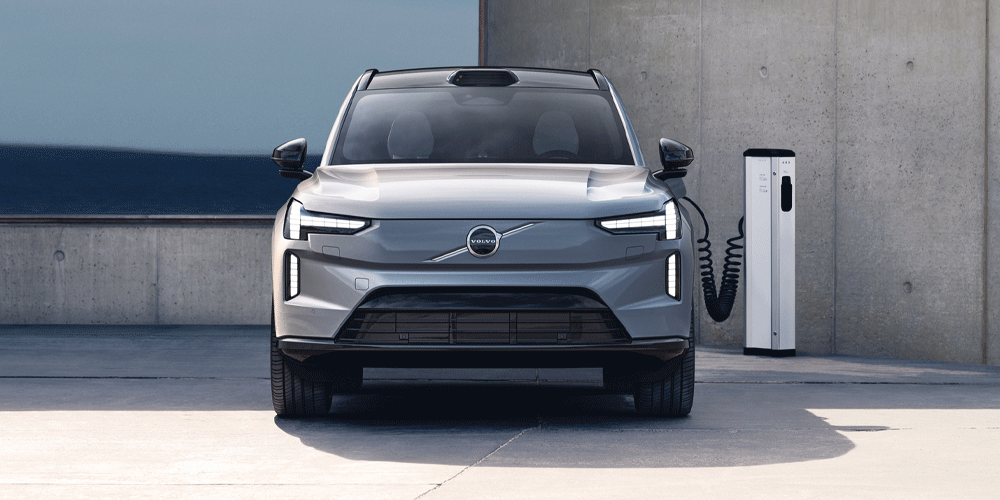
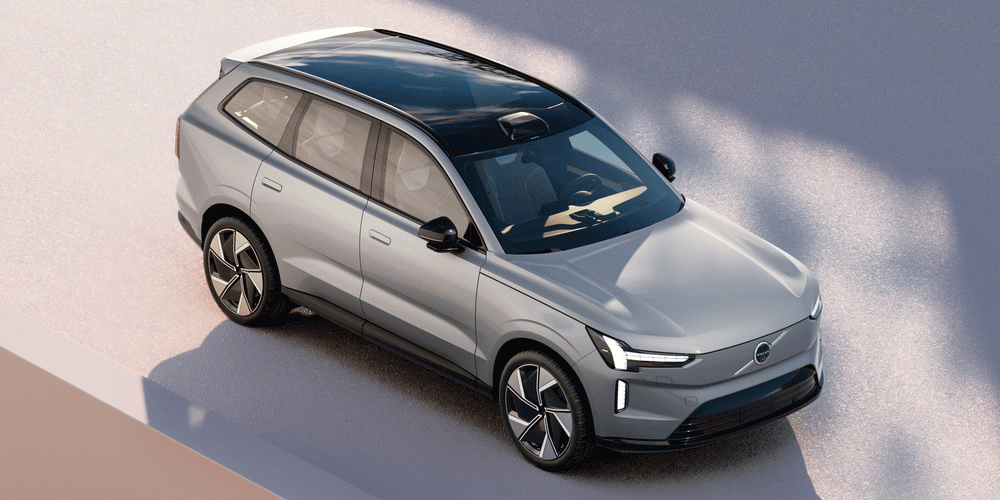
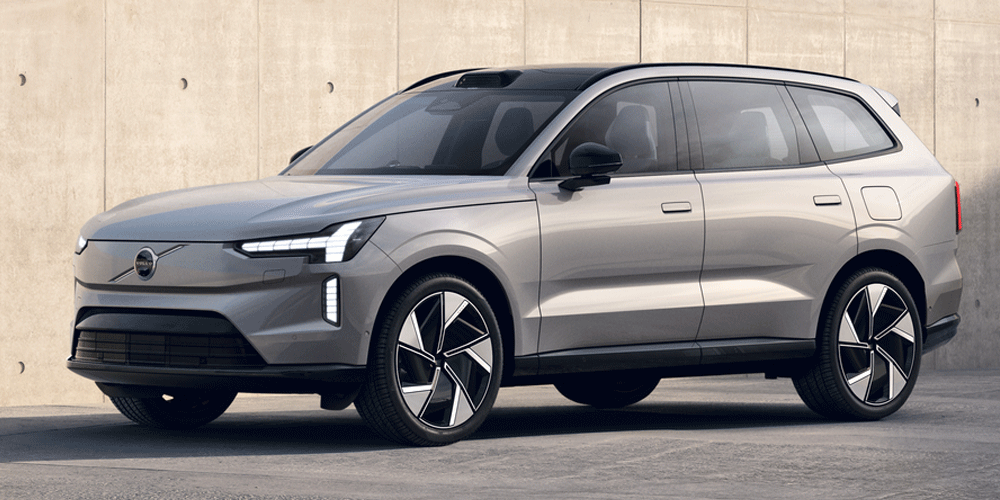
The charging system is also the same: as reported, the 11 kW onboard charger is bidirectional and can both charge and discharge the battery. With 11 kW, the battery is filled in eleven hours. If, on the other hand, the battery is only charged in single-phase mode at 10 amps (i.e. at a household socket), a complete charging process takes 57 hours.
DC fast charging is probably much more relevant in practice than the household socket. Here the maximum value of 250 kW is already known, but Volvo has published an interesting overview of the EX90: at charging stations with up to 200 kW power, the standard charging process from ten to 80 per cent takes 32 minutes. However, if the charging station offers up to 250 kW, the charging time drops to 30 minutes. In other words, the EX90 cannot use charging power of more than 200 kW for long. For the sake of completeness: At a 50 kW charging station, the charging process takes 97 minutes.
Two all-wheel drives at the start
The 380 kW all-wheel drive with two engines is marketed as ‘Twin Motor Performance’ in the EX90. This variant can accelerate to 100 km/h in 4.9 seconds thanks to 910 Nm of torque. For safety reasons, Volvo has been regulating its cars at 180 km/h for a while – no matter how powerful they are. The combined WLTP range is 590 kilometres. In addition to the performance powertrain designated as ‘EE’, Volvo also lists another ‘Twin Motor Performance’, but this is additionally designated as E2. This variant has an output of 370 kW and is intended exclusively for the US market. For Europe, the data of the ‘EE’ version are relevant.
Below that, Volvo has a variant that is only called ‘Twin Motor’. Here, the system power is still a generous 300 kW, the maximum torque 770 Nm. From a standstill, it takes an even second longer to reach the 100 km/h mark, but the top speed is the same. Since the drive hardware is more or less the same and is only controlled differently via the software, the range is only minimally higher at around 600 kilometres.
The fact that the Polestar 3 has a slightly higher WLTP range is mainly due to the bodywork and aerodynamics. Instead of a dynamically sloping roofline, Volvo has opted for utility and given the EX90 very similar proportions to its predecessor, the XC90. Unlike its more dynamic sister model, the EX90 is also optionally available as a seven-seater – the higher roofline makes this possible. Even with three rows of seats, up to 365 litres still fit in the boot. In the standard configuration as a five-seater, it is 655 litres or 1,010 litres loaded roof-high. If you also fold down the seat backs of the second row, up to 1,915 litres fit into the EX90 – plus 65 litres in a compartment under the boot and a narrow 37 litres in the frunk under the bonnet.
Although the 37 litres are sufficient for the charging cable, they are rather manageable given the size of the former engine compartment. The length of the bonnet and the front and rear overhangs make it clear that the SPA2 platform of the EX90 is only a further development of the SPA combustion engine platform of its predecessor. Those looking for the short overhangs typical of electric cars and a stretched wheelbase for more interior space will be disappointed with the Volvo. Although the space in the current XC90 was already very good, the EX90 does not offer the flexibility and additional options of a pure electric vehicle platform.
Familiar design revamped
With a length of 5.04 metres, a width of 1.96 metres (2.11 metres with mirrors) and a height of 1.75 metres, the EX90 is truly not a small car. With the familiar proportions and also many similar but newly interpreted design solutions, it could nevertheless almost pass as a facelift of the XC90. On the other hand, one could argue that despite its debut in 2014, the XC90 still doesn’t look stale – instead of jumping on a trend with short overhangs, Volvo has further developed what has worked well for eight years. It is not for nothing that Volvo already speaks of a “new classic in Scandinavian design” in the press release.
At the front, the LED lights in the shape introduced with the XC90 appear, with the difference that this time it is not only the light signature of the daytime running lights, but the entire matrix headlamp is in the shape of a hammer. Volvo has completely dispensed with a suggested radiator grille. At the top of the windscreen, the lidar sensors are conspicuous, and on the side, the flush integrated door handles. The LED taillights at the rear have been redesigned, but are instantly recognisable as Volvo.
Inside, there is a 15-inch touchscreen based on a Google system. In September, Volvo already gave some details on the safety systems installed, traditionally a core topic at Volvo. For example, the EX90 has a Lidar unit for the driving assistance systems ex-works, which is supposed to be able to detect small objects at a distance of several hundred metres. Volvo’s assistance systems not only include the vehicle’s surroundings as before, but also the interior: special sensors and cameras measure eye concentration. The technology enables the EX90 to detect when the driver is distracted, tired or otherwise inattentive.
2.8 tonnes unladen weight, 2.2 tonnes towing capacity
The large battery and the expansive body also mean that the EX90 has a kerb weight of 2.8 tonnes – and is thus a bit heavier than the Polestar 3. While we’re on the subject of weights: The towing capacity is 2.2 tonnes, which is a decent weight for an electric car, and 100 kilograms can be transported as a roof load.
But there is one difference to the Polestar 3: Volvo does it the other way around in production. Polestar will start production in China and later also build the electric SUV at Volvo’s US plant. Production of the EX90 will start in South Carolina in 2023 and plan to follow up later with another production in China. However, Volvo is not yet naming prices – the Polestar will start at 89,990 euros in Europe.
Update 01 December 2023
Volvo Car USA has announced introductory configurations and pricing for its new fully electric flagship SUV. When it goes on sale next year, the 2025 Volvo EX90 will start at $76,695 in the Twin Motor Plus configuration.
Prices vary between the six- and seven-seater variants, including a ‘Plus’ and an ‘Ultra’ version for each. Interestingly enough, the 7-seater variant runs about €500 cheaper than its six-seated counterpart, and the price currently tops out at $86,545 for the Ultra 6-seater.
Source: Info via email, volvocars.com, volvocars.com (update)

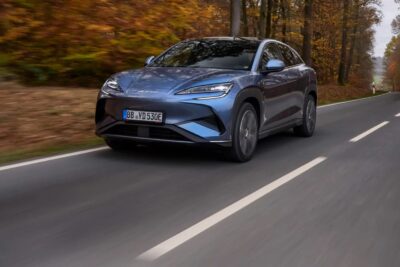
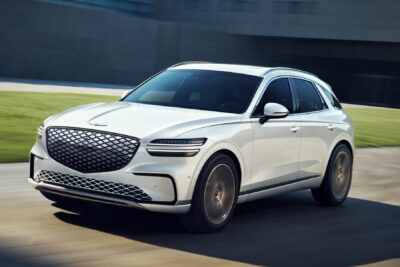
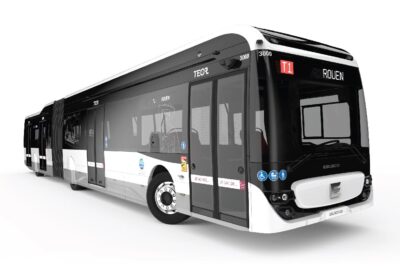
0 Comments